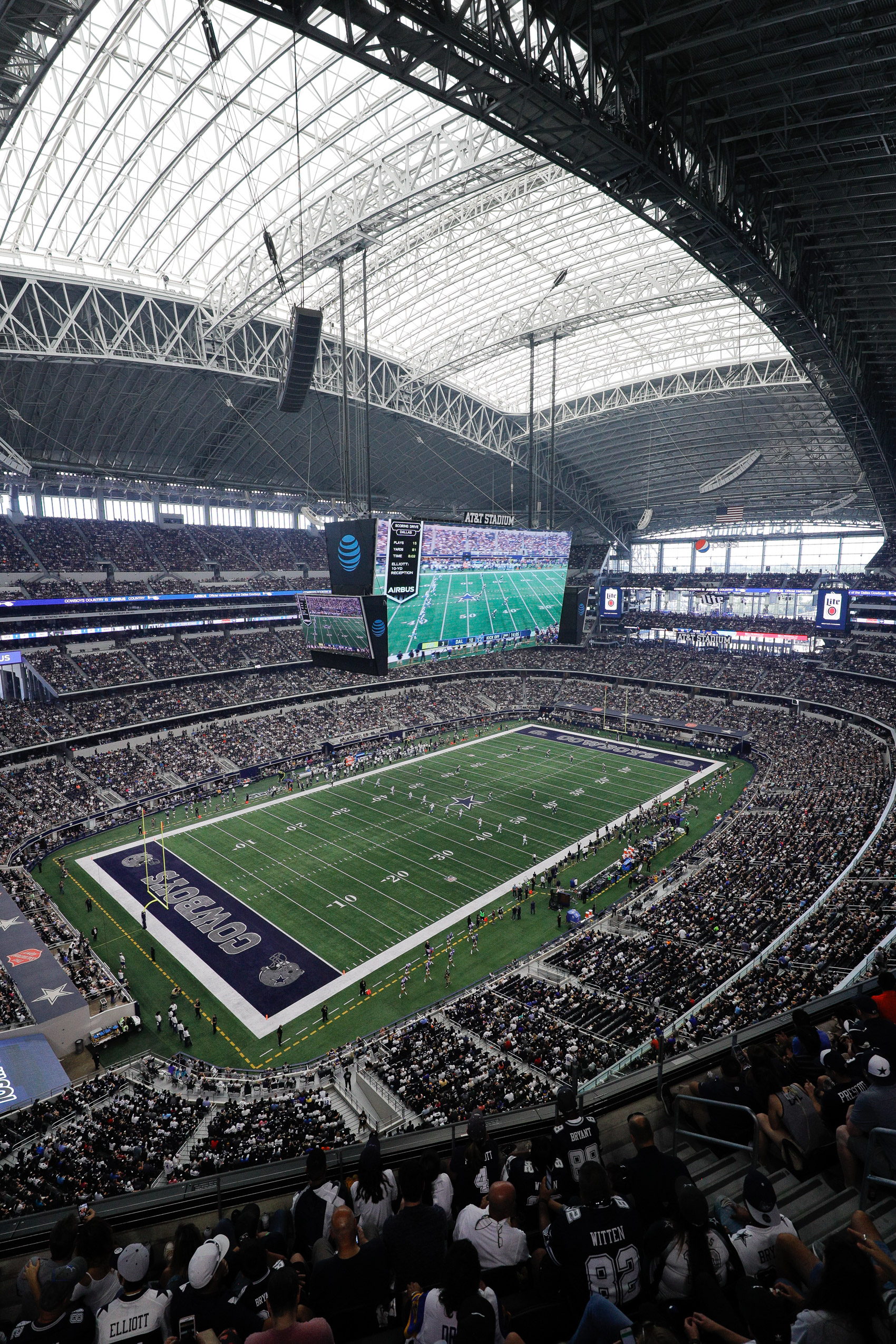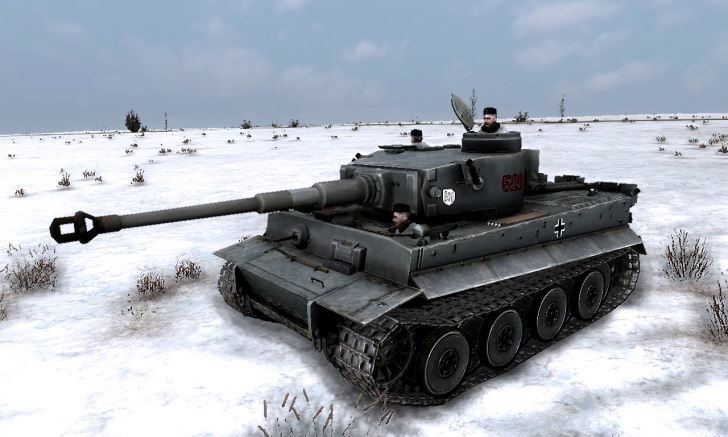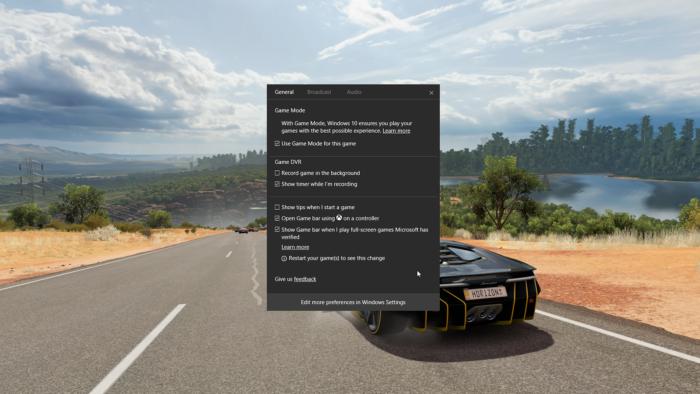Which Nfl Stadiums Have Domes Ten years later, and it's nowhere near adequate to say that the ante has been upped. A handful of team owners have raised and re-raised, and now the size of the pot is such that there's no space on the table to deal the cards. The three newest pro football stadiums have cost $720 million , $1.15 billion and $1.6 billion .
Perhaps it's worth noting that MLB's newest venue, four-month-old Marlins Park - the league's sixth to feature a retractable roof, and its smallest in total seating capacity - cost a mere $515 million. On the other hand, the stadium's complicated financing plan , will lead to a final public cost to repay debt incurred by the stadium's construction of $2.4 billion over the next 40 years. The Orange played their first football game at the Carrier Dome on September 20, 1980. With a capacity of 49,057, the Carrier Dome is the largest dome structure on any college campus in the country. A three tier grandstand encloses the entire Fieldturf playing surface.
The dome weighs 220 tons and is made of Teflon coated fiberglass. When snow approaches the Carrier Dome it is heated to 145 degrees to prevent it from collapsing. In March 1993, the dome was deflated because nearly four feet of snow fell in the Syracuse area. In May 2018 the university unveiled plans to renovate the Carrier Dome. The feature most fans notice is the large HD videoboard that is located above the center of the playing field.
On the afternoon of January 3, l962, seven armed men in cowboy hats met on the outskirts of Houston. The site was dismal, known for damp summers and mosquitoes the size of turkey buzzards. At the appointed hour, the men took their Colt .45s, fired them into the earth and thus broke ground for a stadium to house the city's new baseball franchise, a team then known as the Colt .45s and now called the Astros. The men were also breaking ground-or so many Houstonians were ready to argue-for a new millennium in American sports. "This is going to be the sports showplace of the nation," said Judge Roy Hofheinz, president of the Houston Sports Association.
But Hofheinz spoke wisely when he said other cities would follow. Since the Astrodome opened in 1965, 15 enclosed stadiums have gone up under roofs of steel, wood or, most often, fabric. The newest dome, in St. Petersburg, Florida, is due for completion in 1989-a grand gesture of civic optimism, since there is no guarantee that a professional baseball or football team will start up there anytime soon. A handful of other cities now have domes planned or proposed. The Carrier Dome, home of the Syracuse Orangemen, is one the most unique stadiums in college football and the largest domed stadium on a college campus.
Built for several university sporting programs, the Carrier Dome has hosted many events over the past four decades. By the middle 1970s, Syracuse University decided it was time to build an indoor facility to host football, basketball, track and many other sports. By 1979 plans were approved and in April construction began on the massive dome stadium.
At a cost of $26.85 million, the Carrier Dome was completed by September 1980. The stadium was named after the Carrier Corporation paid $2.75 million for the naming rights. The thing is, says Geiger, you can build a dome downtown.
Conventional open stadiums gravitate to the outskirts of the city, where land is cheaper and there is ample room for parking. With only 15 or 20 major events at a football stadium or 81 games at a baseball stadium, it's hard to justify paying downtown real estate prices. In its first ten years, the Superdome's boosters claim, it had a $2.678 billion economic impact on the community. Over in the National Football League, little outrage accompanied the opening of Detroit's Ford Field or Houston's Reliant Stadium in 2002. The two buildings featured a fixed roof and a retractable fabric roof, respectively, and both were very much in line, cost-wise, with other state-of-the-art buildings of the time.
Nicknamed the "Eighth Wonder of the World," the Astrodome was built to protect an entire sports area suitable for baseball and football, with seating for 66,000 spectators. The Lucite-paneled dome, spanning 642 feet , is supported by a steel lattice. The entire interior is air-conditioned at 74 °F (23 °C) and fully lighted with power from its own electricity-generating system.
The playing field, constructed 30 feet below grade, spans 150,000 square feet. They're more expensive and don't add much revenue. A dome also requires turf, and there's a big debate between the effects of natural grass and artificial turf. There were no domed stadiums until 1962, a few NFL stadiums predate it, so requiring every team to use a dome is unrealistic. Plus it's tough to upgrade a domed stadium to add extra luxury boxes or seats.
That being said, 4 of the last 6 new NFL stadiums have retractable roofs, so they are becoming more common. FedExField has consistently made it to the list of worst NFL stadiums. One reason cited is its location, which makes it difficult for fans to reach especially via public transportation. The five-level venue has hosted college football games, as well as occasional international soccer and rugby matches.
MetLife's seating capacity is the biggest among all NFL stadiums. It hosted Super Bowl XLVIII, as well Wrestlemania, soccer games, as well numerous concerts. It covers 2.1 million square feet, provides parking for 28,000 vehicles, and cost $1.6 billion to construct. What really got the dome boom going was an outlandish entry in the architectural competition for the U.S. exhibition hall at Expo '70 in Osaka, Japan. Davis-Brody, a New York firm, designed a sort of pumpkin on top of an inverted pyramid, together 30 stories high. The pumpkin was to be built of fabric and held up by air, a type of structure that until then had been used to house only tennis courts and military radar installations.
The architects scouted around for an engineer who could flesh out the design concept and they wound up with David Geiger, then a young adjunct professor at Columbia University. The design won, but Geiger found himself stuck with a site that was prone to earthquakes and 150mile-an-hour typhoons. Then Congress came up with less than half the expected budget. In desperation, the design team took a vertical cross section of the pumpkin and laid it flat on the ground, preserving the blocky, superelliptical outline-and very little else-from the original plan. It consisted of an earthen berm topped by a concrete ring and enclosed two and a half acres under a vast fabric lid.
But it set the pattern for most of the domed stadiums built since then. A system of fans held up the fabric roof by boosting air pressure inside. A web of cables thrown over the top secured the fabric and divided it into pillowy sections. Figuring out the cable pattern was the hardest thing, even with the help of an advanced computer. Geiger found that a standard grid, with cables crossing at right angles, caused the roof to sag at the perimeter. But one Saturday, in a moment of inspiration, he realized he could eliminate the problem by running the cables diagonally.
This "skewed symmetry" still characterizes almost all such roofs. Covering large playing fields, these domes always offered ideal playing conditions and comfortable seating for the fans. The first domed stadium, the Astrodome, was even named the eighth wonder of the world with its extraordinary design.
It reached a peak height of 63.4 m above its second base! Many other domes have been made after it, including the New Orleans Superdome, and Seattle's Kingdome. In Toronto the Skydome gets its name from its retractable roof that would open on nice sunny days. Only domed and retractable roof stadiums are included, i.e. stadiums that cover both spectators and playing field.
Wembley Stadium in London, which seats 90,000 spectators, is not included as the roof can only be partially closed. The stadiums are divided into current stadiums, closed stadiums, and future stadiums (those currently under-construction and those planned for construction). Cowboys Stadium is, however, in a league of its own with regard to size. While the most recent stadiums are generally bigger than the previous generations of buildings, the difference isn't vast - on the high end, an increase more on the order of 20 to 30 percent.
For example, 1.9-million-square-foot Reliant Stadium cost $352 million in 2002; built six years later for $720 million, Lucas Oil Stadium comprises 1.9 million square feet. Moreover, the planned stadiums aren't much larger than that - the 49ers' stadium in Santa Clara will be 1.85 million square feet, while the Vikings' proposed stadium as currently configured would be 1.7 million. Oakland's O.co Coliseum is the only remaining stadium shared by a Major League Baseball team and an NFL team. To this day, early season Raiders games feature the distinctive infield cutout that conjures up memories of a bygone era in sports -- when football teams played home games in stadiums designed primarily for baseball. The Raiders moved into the Coliseum in 1966 and played there until their move to Los Angeles following the 1981 season. When the team moved back to Oakland, the Raiders again called the Coliseum home.
In a study done by Pinnacle.com on scoring in the NFL from 2003 to 2015, they found that total points per game scored in outdoor venues was 42.4. Alternatively, in games played in a dome stadium teams combined for 46.2 ppg. While this margin may not seem significant, you have to keep in mind that this is an easily predictable 9% increase in scoring output. In the highly competitive world of the NFL and fantasy sports, no advantage can be ignored. In fact, this correlation is so strong it is even factored into betting lines in Vegas. During the same period of time the average Over/Under betting lines in Vegas for indoor games was 44.6 ppg while outdoor games were listed, on average, at 41.7.
Pricing is also a factor when it comes to building domed stadiums. The added price of an extra roof often inflates the budget of a stadium. A fixed roof can add around $40 million extra to a stadium.
Any city or financier of a stadium would not want extra tens or hundreds of millions added to their stadium project because of an "unnecessary" component. In the future, more franchises may opt to break ground on domed and retractable-roof venues, but the data indicates it isn't in their best interest, unless every team is on an equal playing field. Until then, the teams with open-field stadiums appear best suited to march on to victory, especially when the games count the most.
The Saints are the only team to have won a Super Bowl at home, a domed stadium. Miami's Hard Rock Stadium hosted the championship game, and the Colts' home games were played in a retractable roof stadium. The Minnesota Vikings managed to get a venue that mimics having a retractable roof without actually opening it up and exposing the fans and players to the inhospitable Minneapolis weather. The stadium also provides iconic scenes of downtown.
The exterior is a bit asymmetrical, but it is nevertheless one of the more visually appealing venues in all of sports. Costs centering on building sites should be more or less stable from one decade to another, but many of the newly built or planned stadiums have been in tricky locations requiring extra dollars. But with the figures quoted these days nowhere near Marlins territory, it's questionable whether differences in accounting could actually account for the huge jump in costs. The 49ers' new digs, currently being dug in Santa Clara, Calif., will have 68,500 seats, 165 suites and a green rooftop deck , and is budgeted at $1.2 billion. State Farm Stadium is regarded as an architectural landmark in the area, and has won awards for its design.
It boasts the first retractable natural grass-playing surface in the US, as well as the first completely retractable roof operating at an incline. State Farm is a multi-purpose facility, also having hosted soccer and basketball matches, motor sports, and trade shows. Yes, Soldier Field did open in 1924 as a major event facility, seating 74,280 for major events like Notre Dame/Northwestern football soon after opening.
But pro football eschewed it until 1959, when the Chicago Cardinals played a season there before departing for St. Louis. It wasn't until 1970 that the Chicago Bears moved to Soldier Field from Wrigley Field, and it came with some changes, as the seating capacity was downsized. A 2003 renovation dramatically altered Soldier Field, keeping the historic exterior while adding a next-generation seating bowl. The Big Ten continues its attempts to string together plans for a potential winter football season, and a part of those plans could be playing inside domed stadiums. Retractable roofs seem like the biggest 'keep up with the Joneses' of them all, given that many teams appear to build them without a clear need to play games both indoors and outdoors. "Open-air buildings have a smaller amount of exterior skin, and they're completely missing 80 percent of the mechanical systems needed to air-condition the space," Trubey says.
The Superdome has hosted seven Super Bowls, and is considered one of the remaining old-school domes in any sport. It has seen NCAA basketball championships, college football games, and was formerly the home of the New Orleans Jazz of the NBA. The stadium has a Mardi Gras feel, fitting for the city of New Orleans. U.S. Bank also ranks among the best, and its design is considered a trendsetter for stadiums that have come after it.
It has a roof that mimics the effect of a retractable one, effectively protecting fans and players from the city's chilly weather. Allegiant, one of the newest stadiums, is domed and has ten levels. It has a unique high-tech look with a lot of black and silver. It also hosts the University of Nevada, Las Vegas Rebels college football team.
It is reported to have cost $1.9 billion to build. "The football games have probably the least to do with that decision," Waggoner said. If a municipality wants the stadium for use in concerts, rodeos or other year-round events, a closed building is the way to go. Purists who see football as an outdoor game may be mollified by the open-stadium option of a retractable roof.
The NRG Stadium was one of the first U.S. football stadiums to have a retractable roof which was built in 2002 at a cost of $352 million. With its neighbour - the Astrodome, they form the NRG Energy sports complex. The Bank of America stadium in Charlotte will be twenty years old in 2016. It hosts other events including soccer and college football games, and is set to host the ACC Championship game through at least 2019. It's previous sponsor, LM Ericsson purchased the naming rights in 1996, and paid $25 million for a ten year agreement.
FedEx bought the naming rights to the stadium in November 1999, after Daniel Snyder bought the team. It held the largest stadium seating capacity in the U.S. for professional football from 2004 to 2010, and currently holds 82,000 seats. An entire generation of football fans might only know of the Falcons as a dome team -- since they've played at the Georgia Dome since 1992. However, the Falcons were once an outdoor team, playing in a stadium shared with baseball's Atlanta Braves. The Falcons played at Atlanta-Fulton County Stadium from their inaugural season of 1966 through 1991. The 2018 Major League Baseball season opens today featuring all 30 teams playing on the same day for the first time in 50 years.











































